Dead When I Found Her
Rag Doll Blues
Artoffact
The best signposts to the development of Michael Holloway’s Dead When I Found Her project are the covers he’s been posting semi-regularly on his Soundcloud page. Amongst numbers by more likely suspects like Nine Inch Nails and Skinny Puppy (the latter band being the single most obvious and admitted influence on DWIFH) there’s also been some unexpected and well-executed takes on Phil Collins and Prince, their selection pointing directly to the mix of classic post-industrial and songcraft that makes up his new record. Where Holloway’s debut album Harm’s Way was notable for its cleanly produced take on the mid-period Puppy oeuvre, Rag Doll Blues one ups it by applying his immaculate production and attention to detail to songs that are less imitative and more fully-formed, melodically and structurally.
The change in Dead When I Found Her is obvious from the very first moments of the album, opener “No More Nightmares” playing as a kind of showcase of old and new tricks. The haunting piano melody that opens and closes the song could just as easily have been left as a spooky loop, but Holloway weaves it through the song in various permutations, sometimes obviously in the form of a plucked string or choral patch, sometimes subtly as when it takes on the form of a Coil-like synth-horn late in the song. The almost instant familiarity of the song belies the careful touch with which it (and really the album) is crafted; Dead When I Found Her still cribs SP’s drum patterns and bass-synth sounds with impressive proficiency, but they aren’t the focus of Rag Doll Blues, instead they serve as a skeletal structure, a wireframe for DWIFH to layer his new flesh over.
There’s an underlying assumption that often gets overlooked in modern industrial: if a song possesses a big hook and a steady beat it must be destined for the dancefloor under the auspices of your local DJ. I think that Rag Doll Blues defies that somewhat. While it’s got no shortage of moments that would fit into some of your more thoughtfully constructed sets, they’re more drawn out, unrolling over an average five minute plus length. “Rain Machine” has one of the strongest choruses Holloway has ever put to tape, its melancholy standing out even as the rhythm track bounces along beneath it, buoying it up and granting it a sense of movement. Similarly “Panic Matters” has a kind of composed energy driving it. One could easily imagine it being played faster and more manic, but Holloway keeps it restrained and consequently more engaging; he understands the appeal that his careful mixing and production choices bring to the table, and takes care not to let them be subsumed or abandoned in favor of cheap pop thrills.
The flipside of that reserved sensibility is that the album never really cuts loose, maintaining an even keel and deliberate distance. It’s initially tempting to critique Rag Doll Blues for keeping the listener at a kind of emotional arm’s length, but I think it’s more a function of Holloway’s style of performance. His relative weakness as a frontman never hurts the album; while he never rises beyond the half-sung-half-spoken vocals he’s always used, he’s found ways to make that particular shortcoming work for him, crafting songs to match his particular strengths. He often allows extensive samples of film dialogue speak for him, a tacit admission that also takes the form of a solution. Writing around your weaknesses is a tricky business, but at the very least the record feels committed to addressing them, succeeding in making them disappear entirely from memory during the dreamy instrumental “Doll Pieces” and the knot of voices on the almost nine minute closer “Stainless”.
Rag Doll Blues is both a thoughtful and an immediate listening experience, a commendable enough feat in the current electronic music clime. Even in its most nakedly accessible moments it’s got an appealing sort of composure, one that feels like a natural extension of the artist who made it. It’s more Tear Garden than Puppy if you get me, a complex expression of emotion rather than a cluster of exposed nerves. Paradoxically its detachment somehow draws the listener in closer, its beating heart audible behind the impassive surface. Recommended.

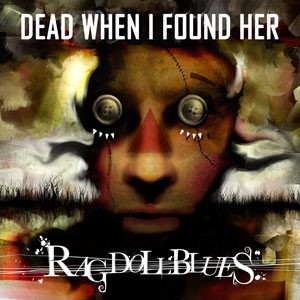
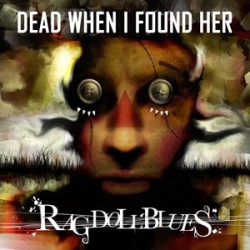
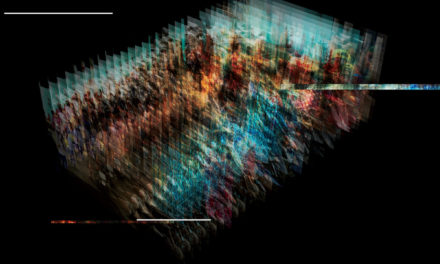

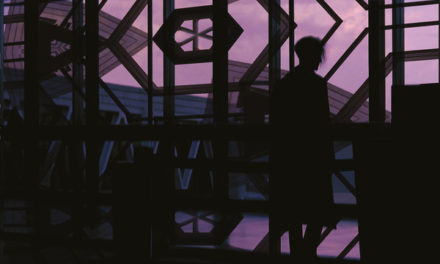
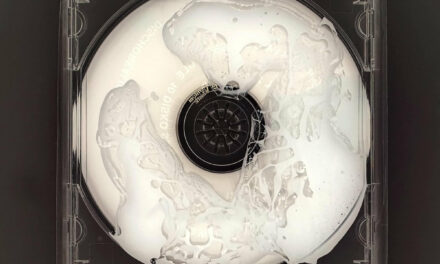
Great review, nicely written…